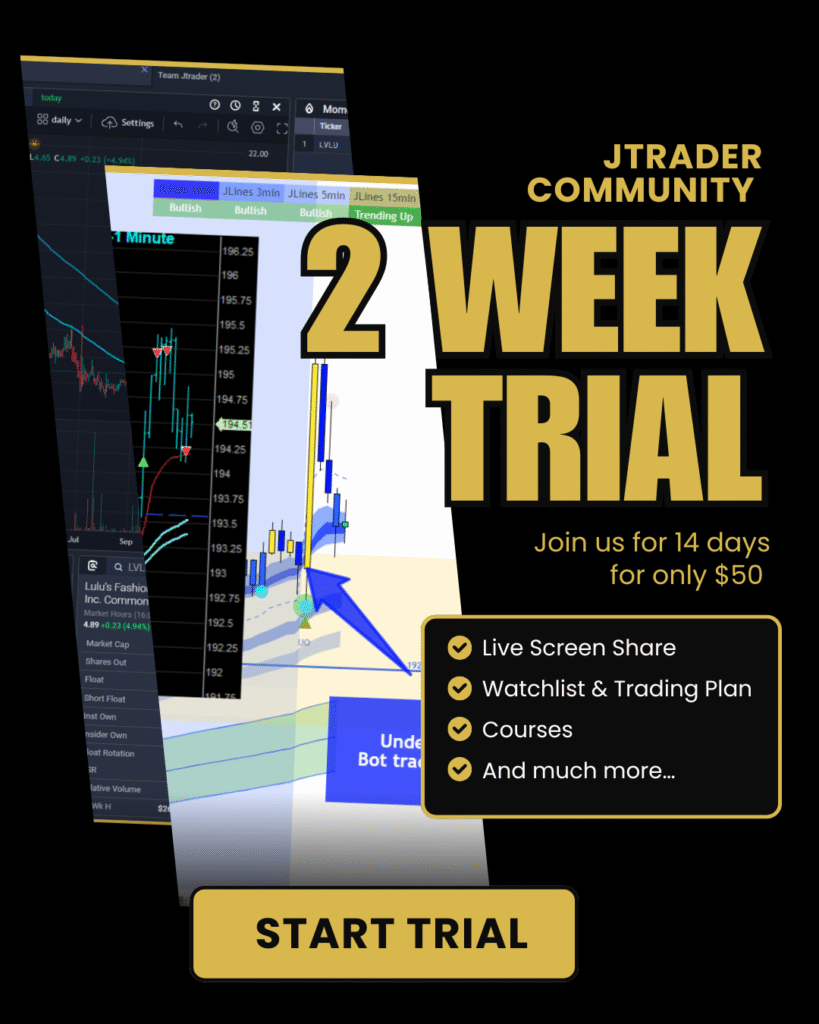Volatility Weighted Average Price (VWAP) is a technical indicator used to measure a security’s average price over a given period of time. It considers the security’s volatility by weighting each day’s price movement based on its magnitude. This can be helpful for traders who want to avoid getting caught up in short-term price fluctuations and instead focus on the overall trend.
Today, we will explain what VWAP is and how you can use it in your trading strategy!
What is VWAP and how to calculate it
As just mentioned, VWAP is short for volume-weighted average price. It is a technical indicator that traders use to determine the average price of a security over a given time. This indicator helps determine the overall direction of a market, as well as spot trading opportunities.
To calculate VWAP, add up the extended hours’ volume-weighted average prices (VWAP) of all trades during regular market hours and divide by the total number of regular market hours trades. The calculation is cumulative, so each trade is weighted according to how many shares traded hands before it.
VWAP can be used on any timeframe, but it is most commonly used on intraday charts. Intraday VWAP is generally more reliable than daily VWAP, as it considers more data points. VWAP can also be used on longer-term timeframe charts, such as weekly or monthly charts.
Use the following steps to calculate intraday VWAP:
- Start with the first trade of the day and weigh it according to the number of shares that traded hands;
- Add the next trade and weight it according to the number of shares traded so far;
- Repeat this process until all trades for the day have been considered;
- Divide the total value by the total number of shares traded to get VWAP.
How to use VWAP in your trading strategy
Volume-weighted average price (VWAP) can help make buy and sell decisions, as it can help you to identify whether a stock is under- or over-valued. To use VWAP in your trading strategy, you first need to calculate it using historical data.
You can then use VWAP as a reference point when making trades. For example, if the stock is trading below VWAP, you may think about selling, as this could indicate that it is overvalued. Conversely, if the stock is trading above VWAP, you may think about buying, as this could indicate that it is undervalued.
VWAP can also be used as a trailing stop-loss order. If the market price falls below VWAP, it triggers a sell order, allowing the trader to limit their losses.
Of course, VWAP is just one tool in your arsenal, and you should always use it in conjunction with other technical indicators before making any decisions.
The pros and cons of using VWAP
There are several benefits to using VWAP.
First, VWAP can help traders identify a market’s general direction. If the VWAP is rising, it indicates that prices are generally going up, while if the VWAP is falling, it indicates that prices are generally going down.
Second, VWAP can be used to spot trading opportunities. If the price of a security starts to deviate from the VWAP, it may be an opportunity to buy or sell.
Finally, VWAP can help traders to keep emotions out of their trading. By focusing on the VWAP, traders can avoid getting caught up in market noise and making impulsive decisions.
While VWAP can be helpful in many ways, there are also some potential drawbacks to using this tool.
First, because VWAP is based on historical data, it can be lagging and not provide accurate information in real-time conditions.
Second, if there’s low volume during certain periods of the day, this can distort VWAP levels and lead to false signals.
Tips for traders who want to start using VWAP
If you’re thinking about incorporating VWAP into your trading strategy, here are a few things to keep in mind:
- Use VWAP as a reference point, not a trading signal: VWAP can be a useful reference point for assessing the overall market trend, but it shouldn’t be used as a standalone trading signal;
- 2. incorporate VWAP in trade interest levels into your order execution: If you’re using an algorithmic trading strategy that includes VWAP, make sure to factor in your desired trade interest levels. This will help ensure that your orders are executed at the price you want.
- 3. use VWAP in conjunction with other technical indicators: as with any technical indicator, VWAP should not be used in isolation but rather in conjunction with other technical indicators to provide a complete picture of market activity.
Disclaimer: these articles are for educational purposes only. Market analysis, prices, news, trade ideas, or any other information within this site or the chatroom is not investment advice.
[/vc_column_text]


